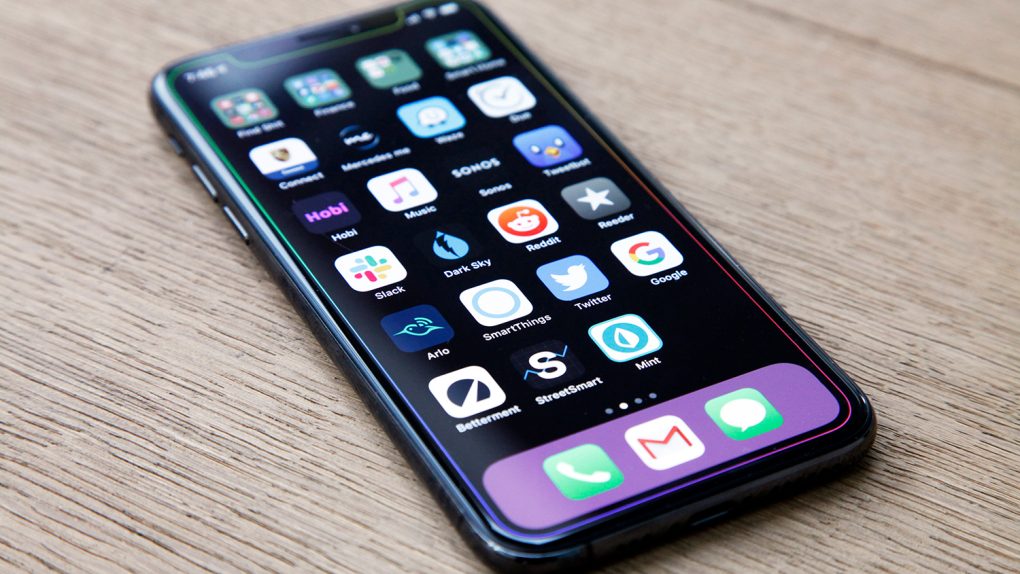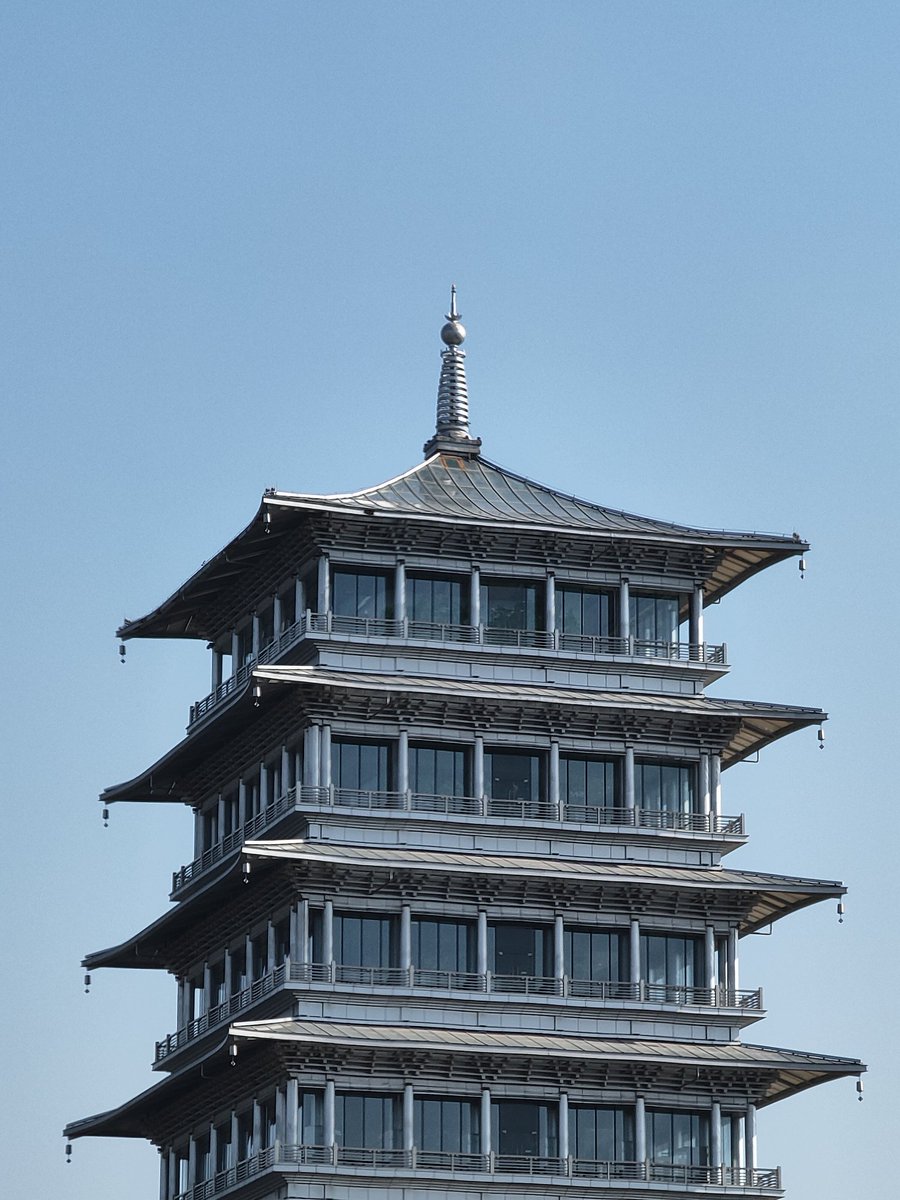If I’m being honest, and I always am, I’m more than a little disappointed with what I’ve seen so far about Apple’s upcoming iPhone 11. Early information has leaked from multiple reliable sources, and it doesn’t paint a pretty picture. The world’s top Apple insider is analyst Ming-Chi Kuo, and his sources say Apple’s iPhone 11 lineup will feature better waterproofing, a new frosted glass back, a bigger battery, the ability to wirelessly charge other devices, upgraded Face ID, and new rear cameras. That all sounds great of course, but there’s not really anything on that list to get excited about. Then, things got even worse when the iPhone 11’s “new” design was leaked by another well-known and reliable source. Why is “new” in quotes, you ask? Because it looks just like Apple’s old iPhone design, but with a rear camera that has been reoriented and centered.
If that big design leak pans out — and we have every reason to believe it will — Apple plans to use the same basic design for the third consecutive year on its upcoming new iPhone 11. It’ll look just like the iPhone XS, which looks just like the iPhone X. Making matters even worse is the fact that this would happen right after Apple left a different iPhone design mostly unchanged for three consecutive years; unless you’re an avid Apple fan, you might not even be able to tell the iPhone 6, iPhone 6s, and iPhone 7 apart from across the room. If Apple does reuse its 2017 iPhone design yet again in 2019, it’ll hopefully pack some seriously exciting new features into the phone. There’s one such feature Apple could easily steal from new Android phones, and I really hope it does.
Most smartphone makers are focused on adding more and more camera lenses to their flagship devices. Take Samsung, for example, which just released the Galaxy S10+ and its five individual lenses. The dual-lens camera on the front gives users an ultra wide-angle lens when they need to fit more people into their selfies, and the back of the phone has an ultra wide-angle lens and a telephoto lens in addition to the standard wide-angle lens. If you think five lenses is a lot, just wait until next month when the Galaxy S10 5G comes out with six lenses in total.
While all this is going on elsewhere in the industry, Google’s latest Pixel 3 and Pixel 3 XL smartphones still only have single-lens cameras on the back. Google is often long behind the times when it comes to smartphone design, as I discussed in a piece just yesterday. In this case, however, Google isn’t sticking with single-lens rear cameras solely because it’s slow to catch up with smartphone design trends. The company is sticking with single-lens rear cameras because its Pixel phones are currently the best camera phones available in the United States. They would also be the best elsewhere if not for Huawei’s flagship camera phones.
Google’s Pixel camera is indeed phenomenal, and it has some software and AI-based features like Night Sight that have no match on any other smartphone. But there are some things Google can’t do with a single lens, and a new feature just began popping up on some smartphones in China that combines hardware and software to achieve something amazing: 10x zoom.
Chinese smartphone maker Oppo confirmed earlier this week that it will unveil its new Oppo Reno lineup on April 10th. Some details have already leaked, of course, but we’ll have to wait until the 10th to learn everything there is to know about this new smartphone series. Of course the most exciting feature from the Oppo Reno was already shown off last month at the annual Mobile World Congress trade show, and a recent post on Twitter helps illustrate just how impressive this new feature is.
Photo by OPPO 10X hybrid optical zoom smartphone. It is a telescope. pic.twitter.com/KemhG4jvze
— Ice universe (@UniverseIce) March 20, 2019
Let’s take a closer look at the two photos shared by Ice Universe, a China-based industry insider who is known for sharing early information about unreleased smartphones. Click on either image to view it at full size.
No, that second photo wasn’t captured by a DSLR camera with a huge $2,000 telephoto lens on it. That second photo was captured by the same smartphone camera that snapped the first photo. It’s incredible.
Once upon a time not very long ago, Apple was a leader in the smartphone market when it came to cameras. It was miles ahead of rival phone makers. As is becoming the case with smartphone design, however, Apple is falling behind the times and letting Android phone makers jump way out ahead when it comes to cameras. Considering camera quality is always among the top answers when smartphone shoppers are polled about their priorities, this is bad news.
Apple’s iPhone 11 is shaping up to be a pretty boring update when it comes to hardware design. I truly hope that Apple spices things up with some great new features in iOS 13, but also with incredible new camera features that are already found elsewhere on Android phones. An equivalent to Google’s Night Sight feature from the Pixel 3 would be fantastic, sure. But if Apple manages to make the iPhone 11 the first smartphone outside of China to feature incredible 10x zoom like the Oppo Reno, it would blow people’s minds.










